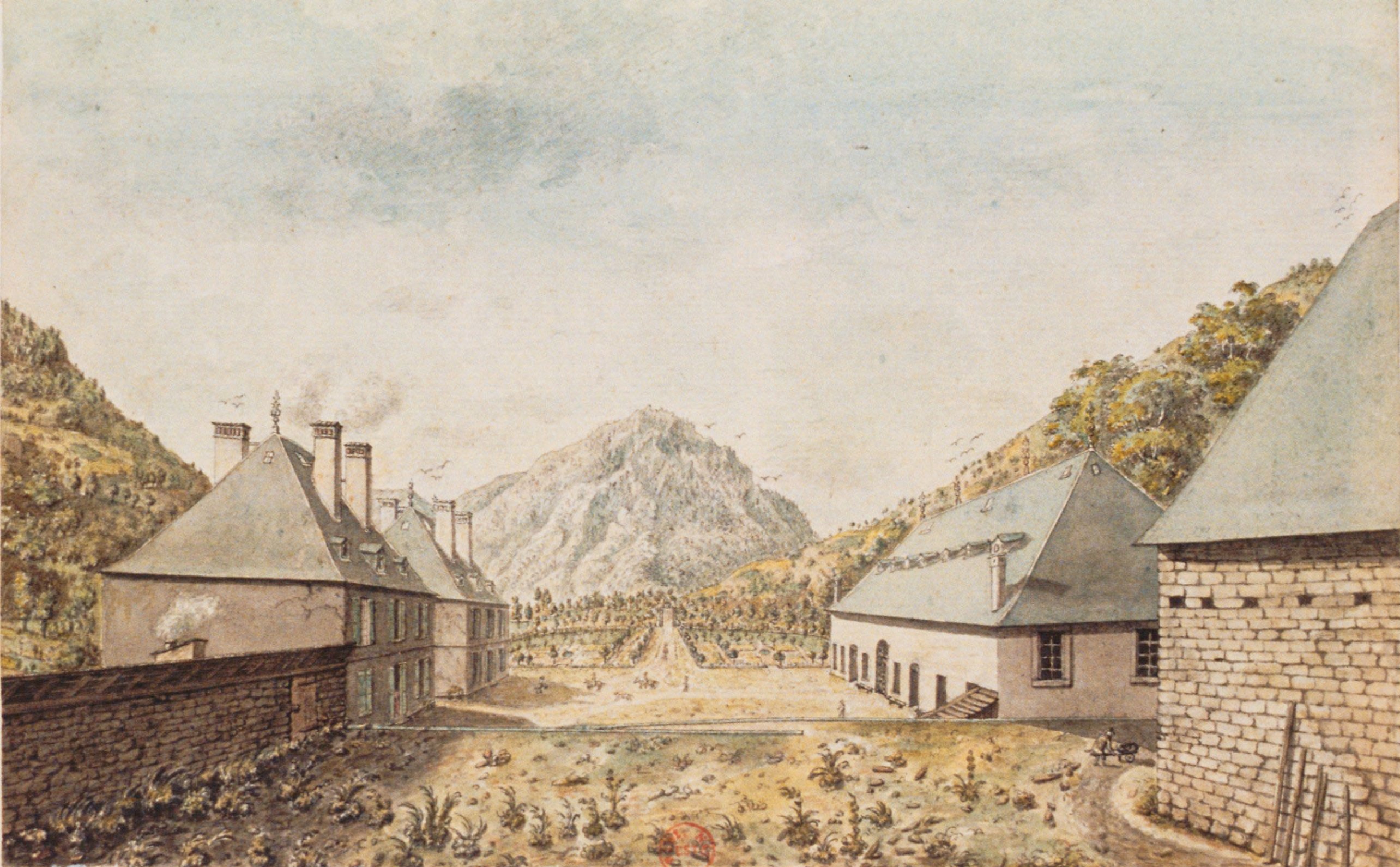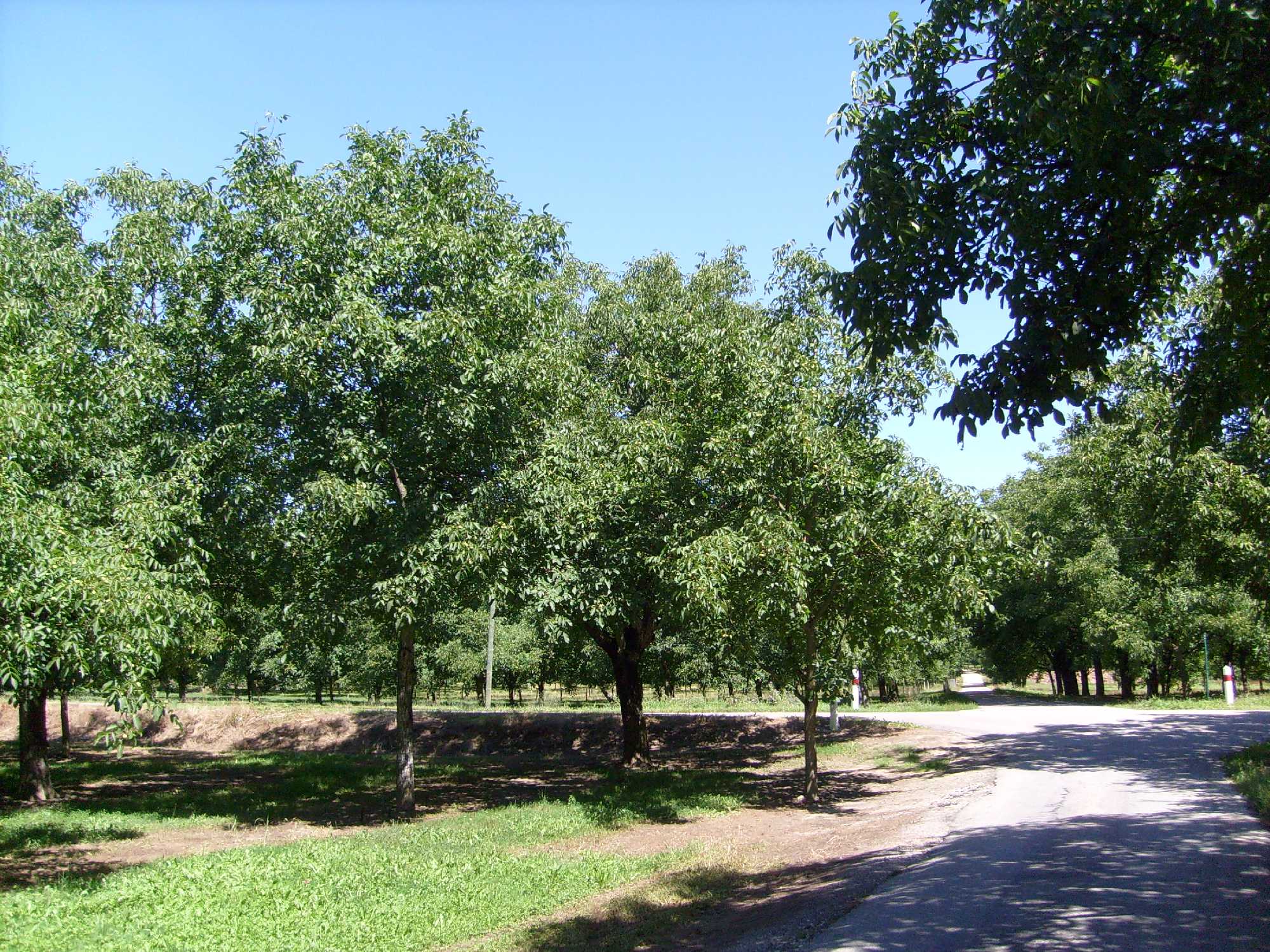|
Communes Of The Isère Department
The following is a list of the 512 Communes of France, communes in the French Departments of France, department of Isère. The communes cooperate in the following Communes of France#Intercommunality, intercommunalities (as of 2020):BANATIC Périmètre des EPCI à fiscalité propre. Accessed 3 July 2020. *Grenoble-Alpes Métropole *Communauté d'agglomération du Pays Voironnais *Communauté d'agglomération Porte de l'Isère *Communauté d'agglomération Vienne Condrieu (partly) *Communauté de communes Les Balcons du Dauphiné *Communauté de communes de Bièvre Est *Communauté de communes Bièvre Isère *Communauté de communes Cœur de Chartreuse (partly) *Communauté de communes des Collines du Nord Dauphiné *Communauté de communes Entre Bièvre et Rhône *Communauté de communes Le Grésivauda ... [...More Info...] [...Related Items...] OR: [Wikipedia] [Google] [Baidu] |
Ambel, Isère
Ambel () is a Communes of France, commune in the Isère Departments of France, department in the Auvergne-Rhône-Alpes region of southeastern France. The inhabitants of the commune are known as ''Ambellons'' or ''Ambellonnes'' Geography Ambel is located at the southern end of the department of Isère, in the Beaumont area, on a small plateau extending north of Faraud Mountain on the eastern edge of the Dévoluy massif between the Drac (river), Drac river which forms the north-eastern border and the Souloise river which forms the western border. The commune is some 20 km south-west of La Mure and some 50 km north by north-east of Veynes although is not directly accessible from the places. Access to the commune is by minor road D217 which branches from national route N85 at Le Motty to the east of the commune. The D217 goes west to the village then turn south to Monestier-d'Ambel. Ambel overlooks ''Lake Sautet'' which is formed by a dam located 1 kilometre north of the ... [...More Info...] [...Related Items...] OR: [Wikipedia] [Google] [Baidu] |
Allevard
Allevard (; also known as Allevard-les-Bains) is a commune in the Isère department in the Auvergne-Rhône-Alpes region of southeastern France. The inhabitants of the commune are known as ''Allevardins'' or ''Allevardines'' or alternatively as ''Allevardais'' or ''Allevardaises'' The commune has been awarded two flowers by the National Council of Towns and Villages in Bloom in the Competition of Cities and Villages in Bloom. Geography Allevard is located in the Belledonne mountains 40 km south-east of Chambéry and 38 km north-east of Grenoble. The commune is accessed by the D525 from Goncelin in the south-west following the mountain ridge through the village and continuing north-east to La Chapelle-du-Bard. There are also some minor roads such as the D9 parallel to the D525 going to the north and the D108 which accesses the village from the D525. There is a tortuous mountain road - the D109 - which goes east of the village and eventually circles back to the north of ... [...More Info...] [...Related Items...] OR: [Wikipedia] [Google] [Baidu] |
Allemond
Allemond (; spelled Allemont by the local council) is a commune in the Isère department in the Auvergne-Rhône-Alpes region of south-eastern France. The inhabitants of the commune are known as ''Allemondins'' or ''Allemondines'' Geography Allemond is a small mountain village in the heart of the Oisans in the valley of the Eau d'Olle, at the foot of the Belledonne mountains in the Grandes Rousses basin. It is located some 20 km east of Saint-Martin-d'Hères and 30 km south of Pontcharra. Access to the commune is by the D526 road from the south which passes through the village then continues north along the eastern border of the commune before turning west. The commune consists of high mountains with forests on the lower slopes. Localities and hamlets in the commune * La traverse (1300 m high) * Le clot * La rivoire * La combe * Le Mas des Croze * Le village * Les grands champs * La ville * La fondrie * La pernière haute et basse * Pissevache * Farnier * Champeau * Le ... [...More Info...] [...Related Items...] OR: [Wikipedia] [Google] [Baidu] |
L'Albenc
L'Albenc () is a commune in the Isère department in the Auvergne-Rhône-Alpes region of southeastern France. The inhabitants of the commune are known as ''Albinois'', or ''Albinoises'' Geography The commune lies in a straight line some 25 kilometres west by north-west of Grenoble, 20 kilometres south-west of Voiron and 40 kilometres northeast of Romans-sur-Isere in the lower Gresivaudan valley. The highest point of the commune is at 437 metres overlooking the hamlets of ''Chapuisière'' and ''Pierre Brun''. The lowest point is on the banks of the Isère at 170 metres. The main peaks in the commune are the ''Malan'' (373 metres) just south of the town, Mount Larron (384 metres), and the ''Côte Belle'' peaking at 437 metres. The commune lies on the opposite side of the mountains from Grenoble so can not be reached directly from there. The A49 autoroute from Saint-Quentin-sur-Isère in the north-east passes south-west through the eastern part of the commune and continues towards ... [...More Info...] [...Related Items...] OR: [Wikipedia] [Google] [Baidu] |
Agnin
Agnin () is a commune in the Isère department in the Auvergne-Rhône-Alpes region of south-eastern France. The inhabitants of the commune are known as ''Agnitaires'' The commune has been awarded one flower by the ''National Council of Towns and Villages in Bloom'' in the ''Competition of cities and villages in Bloom''. Geography Agnin is located some 25 km south of Vienne and 5 km north-east of Saint-Rambert-d'Albon. It can be accessed by the road D519 from near Chanas in the west passing through the southern part of the commune and continuing to Bouge-Chambalud. Parallel to this road in the north of the commune is the D51 road from Salaise-sur-Sanne in the west passing through the commune and the village and continuing to Anjou in the east. The D131 also comes from the Ville-sous-Anjou in the north joining the D51 west of the village. The Route de Bouge connects the village to the D519 in the south of the commune. The commune is mostly farmland with significant ... [...More Info...] [...Related Items...] OR: [Wikipedia] [Google] [Baidu] |
Les Adrets
Les Adrets () is a commune in the Isère department in southeastern France. It is situated 30 km northeast of Grenoble. It is one of the commune of the Les sept Laux winter sports resort. Population See also *Communes of the Isère department The following is a list of the 512 Communes of France, communes in the French Departments of France, department of Isère. The communes cooperate in the following Communes of France#Intercommunality, intercommunalities (as of 2020): References Communes of Isère {{Isère-geo-stub ...[...More Info...] [...Related Items...] OR: [Wikipedia] [Google] [Baidu] |
Postal Code
A postal code (also known locally in various English-speaking countries throughout the world as a postcode, post code, PIN or ZIP Code) is a series of letters or digits or both, sometimes including spaces or punctuation, included in a postal address for the purpose of sorting mail. the Universal Postal Union lists 160 countries which require the use of a postal code. Although postal codes are usually assigned to geographical areas, special codes are sometimes assigned to individual addresses or to institutions that receive large volumes of mail, such as government agencies and large commercial companies. One example is the French CEDEX system. Terms There are a number of synonyms for postal code; some are country-specific; * CAP: The standard term in Italy; CAP is an acronym for ''codice di avviamento postale'' (postal expedition code). * CEP: The standard term in Brazil; CEP is an acronym for ''código de endereçamento postal'' (postal addressing code). * Eircode: Th ... [...More Info...] [...Related Items...] OR: [Wikipedia] [Google] [Baidu] |
INSEE Code
The INSEE code is a numerical indexing code used by the French National Institute for Statistics and Economic Studies (INSEE) to identify various entities, including communes and ''départements''. They are also used as national identification numbers given to people. Created under Vichy Although today this national identification number is used by social security in France and is present on each person's social security card (''carte Vitale''), it was originally created under Vichy France under the guise of the Registration Number to the National Directory of Identification of Physical People (''Numéro d'inscription au répertoire des personnes physiques'', NIRPP or simply NIR). The latter was originally to be used as a clandestine military recruitment tool, but at the end served to identify Jews, gypsies, and other "undesirable" populations under Vichy's conceptions. The first digit of the NIR was 1 for a male European, 2 for a female European, 3 for a male Muslim, 4 for a ... [...More Info...] [...Related Items...] OR: [Wikipedia] [Google] [Baidu] |




